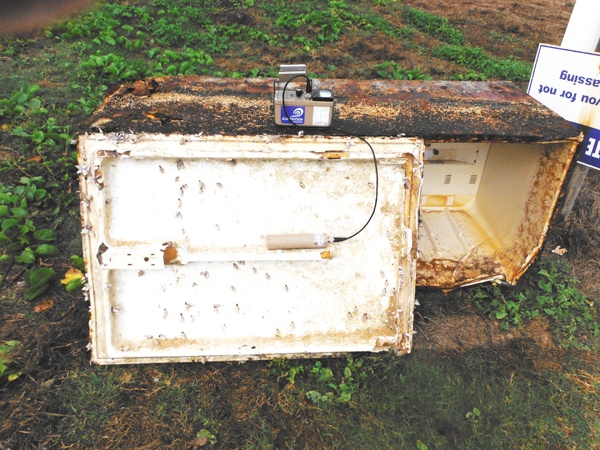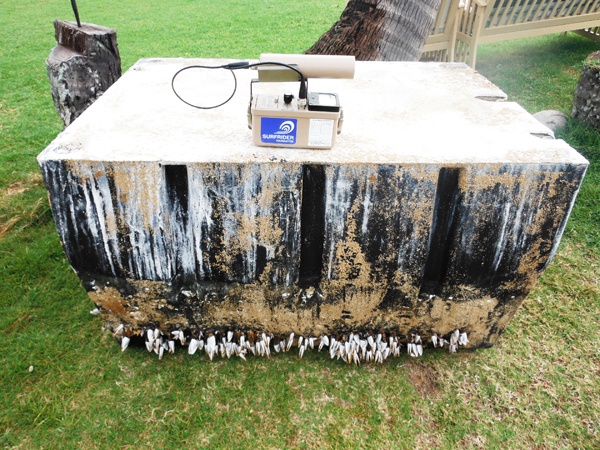Kaua‘i residents have seen a spike in the amount of debris — including pieces of refrigerators — on Kaua‘i’s beaches, and experts say it’s part of the Japanese tsunami debris making the unpleasant new waves. “Since February (started), it’s really
Kaua‘i residents have seen a spike in the amount of debris — including pieces of refrigerators — on Kaua‘i’s beaches, and experts say it’s part of the Japanese tsunami debris making the unpleasant new waves.
“Since February (started), it’s really piling up,” said Carl Berg, chairman of the Surfrider Foundation of Kaua‘i. “It’s sort of like we’ve finally gotten the wave.”
Surfrider, working with community volunteer Daniel Nelson and Jessica Austin, a Kaua‘i Community College Marine Options Program student, spent the last year monitoring marine debris on North Shore beaches, Berg said in an e-mail. Daily collections and weekly cataloguing have provided the ability to see changes in the amount and size of the debris, originating from the Japanese tsunami of March 2011.
“Starting this past summer, (Surfrider) began to find very large, black buoys from Japanese oyster culture rafts,” Berg said. “So far, in February, more large buoys, pieces of high-density foam, a clump of nets with 13 large floats attached, 23 large fishing floats, pieces of three different refrigerators and a piece of floating dock washed up on north- and east-facing shores.”
Berg said his biggest concern with the new wave of larger debris is that it poses a threat to Kaua‘i’s reefs, as well as marine life and swimmers.
“You can just imagine a refrigerator pounding against the reef at Larsen’s (Beach),” he said.
Another concern is that some of the items have had plant and animal life attached to them, which is why Berg said it is important to get the debris off the beach and prevent them from being washed back out to sea.
“There (are) plants and animals coming in that we don’t want to get established here,” he said.
Berg said that Surfrider has been testing the debris with a Geiger counter (which measures nuclear radiation), and all tests have shown very low radiation levels.
“You get more radiation lying on the beach from the sun and sand than from picking up a piece of debris,” he said.
But if radiation isn’t a problem, the items still could contain chemicals or other hazardous material, and Berg said caution should be taken before any trash is picked up on the beach.
Earlier this month, Berg and Don Heacock of the Department of Land and Natural Resources removed a truckload of refrigerators, floats and pieces of docks from the beaches, after testing each for radiation.
“There is more out there to be removed from remote beaches,” Berg added.
A lot of the recent debris has been pushed into shore by wind and ocean currents, and Berg said that he expects more to arrive in the coming months and years.
“This is just the first bit,” he said. “We expect the stuff that didn’t blow as fast, but drifted, to be coming in behind it.”
The Surfrider Foundation of Kaua‘i is asking those who find debris to contact Barbara at 635-2593. Surfrider can also be reached through its website at kauai.surfrider.org.
• Chris D’Angelo, lifestyle writer, can be reached at 245-3681 (ext. 241) or lifestyle@thegardenisland.com.




